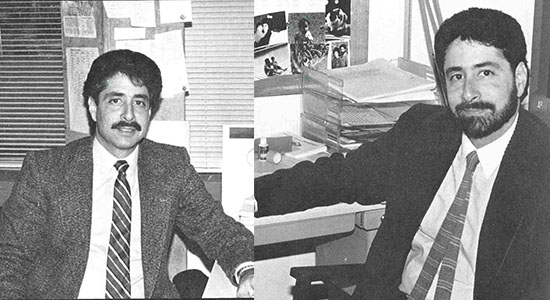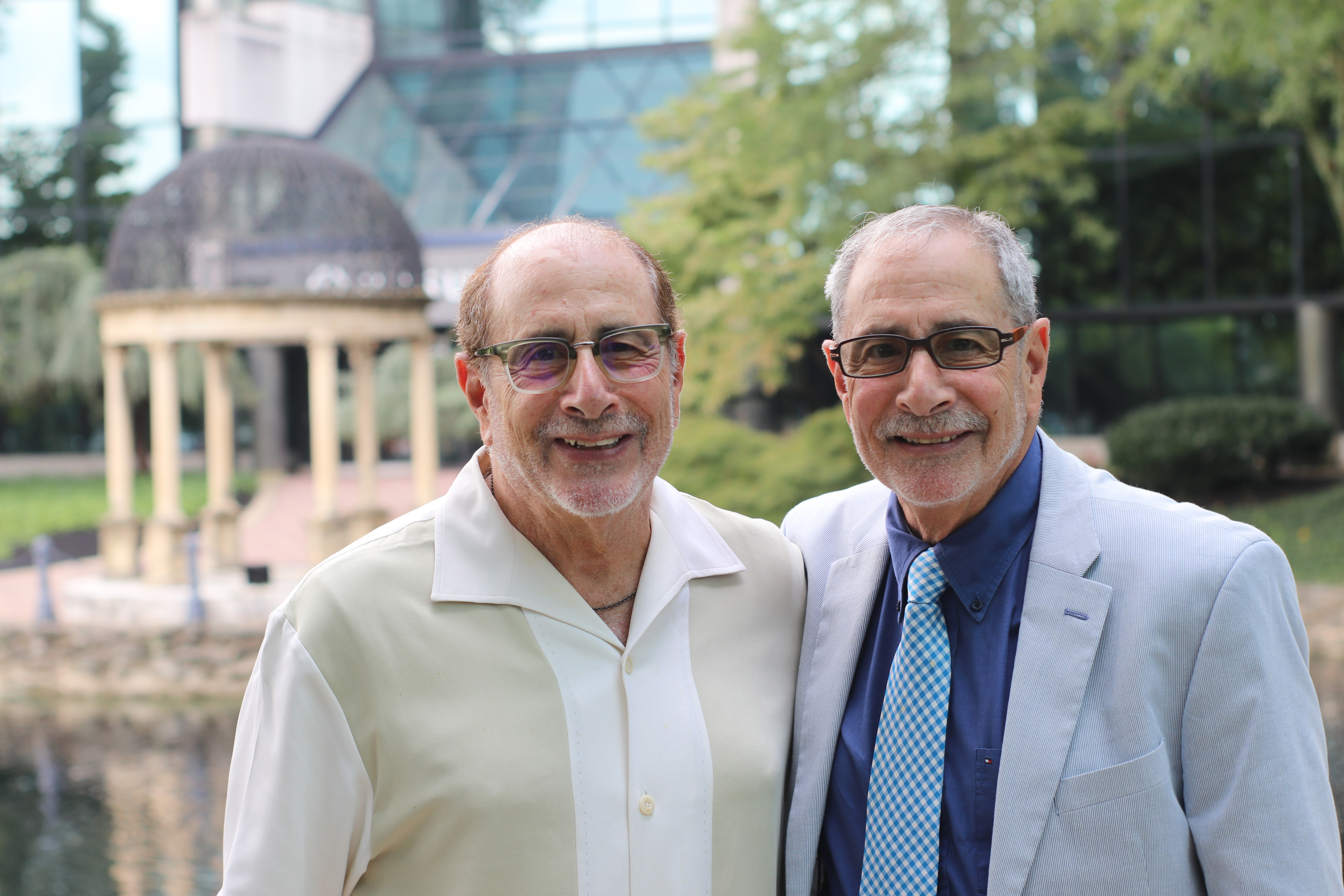
The country was changing and brothers Jeffrey and Neal Nyman were changing with it.
As students at the Massachusetts College of Optometry – now known as the New England College of Optometry (NECO) – the twins had worked in the Student Health League, an offshoot of the Student Health Organization, and both wanted to improve their clinical skills as optometrists.
The late 1960s was transitioning into the early 1970s, and the war in Vietnam was in full gear. Also fresh in the minds of college students was the tragedy at Kent State University, where on May 4, 1970, four unarmed Kent State students were killed and another nine were wounded when members of the Ohio National Guard open fired on them during a mass student protest against the bombing campaign of Cambodia by U.S. forces that had started just a month earlier.
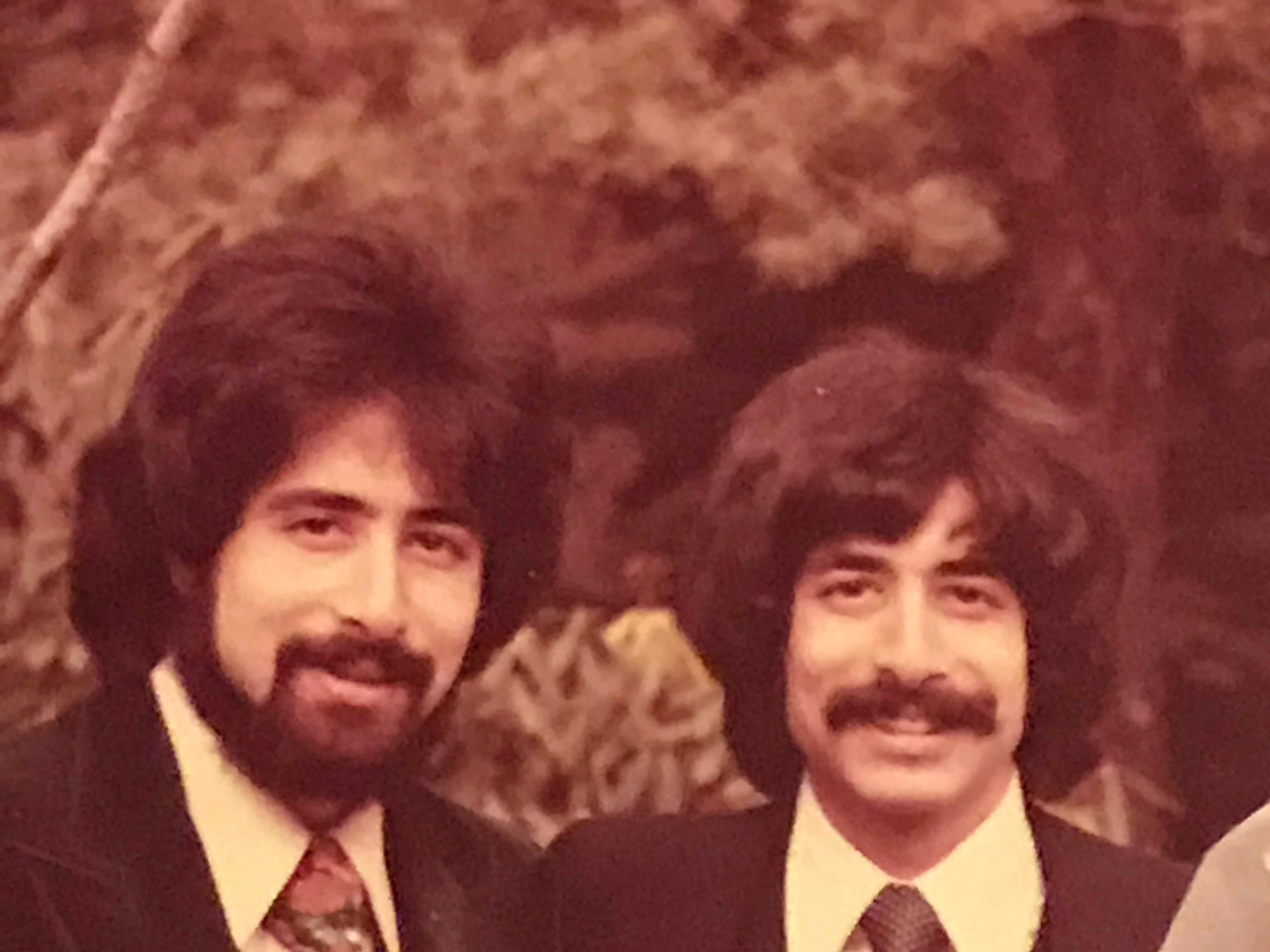 It was a tense time on university campuses everywhere and the Nyman brothers, complete with their long hair that was common among college students in those days, were immersed in the culture and events of the era.
It was a tense time on university campuses everywhere and the Nyman brothers, complete with their long hair that was common among college students in those days, were immersed in the culture and events of the era.
Still, they remained focused on advancing their careers as optometrists. As third-year students, they were assigned to an external rotation at Hanscom Air Force Base just outside of Boston, not exactly the ideal environment, given what was happening between the establishment military and the organized student protests at the time, for two guys who described themselves as “not the typical optometrists.”
“So the dean of students calls me and Neal and this other guy into his office and says, ‘You guys can’t go to the clinic at the Air Force base looking like you do.’ And we said, ‘We’ll come up with a solution,’” said Jeffrey Nyman, OD, FAAO, associate professor in the University’s Pennsylvania College of Optometry (PCO) and director of Emergency Services.
The solution: Wigs. They would buy short-haired wigs and then tuck their long locks up into the wigs before going to work at the Air Force base clinic.
Every day for three months, they wore the wigs to work at the clinic, working alongside an optometric technician who was a full-time serviceman at the base. “He was a regular guy, and we had become irregular on a certain level,” said Jeffrey.
At the end of the final day of the rotation, the brothers were chatting with the technician and decided to reveal to him the wig ruse. “We yanked off our wigs and said, ‘It was nice working with you,’” said Jeffrey. “And hopefully he said to himself, ‘Those guys are all right.’”
The Nymans would become part of the movement that was being trained – and who was training others – to set up an external community health center system in and around major metropolitan areas.
“I think the New England College of Optometry was the first to have external programs (1970), which those health centers were,” said Neal Nyman, OD, an associate professor at PCO for 33 years before his retirement in 2018. “Externships are common now, but they weren’t common at that time. I always like to say that was the best job I ever had, working in a community health center.”
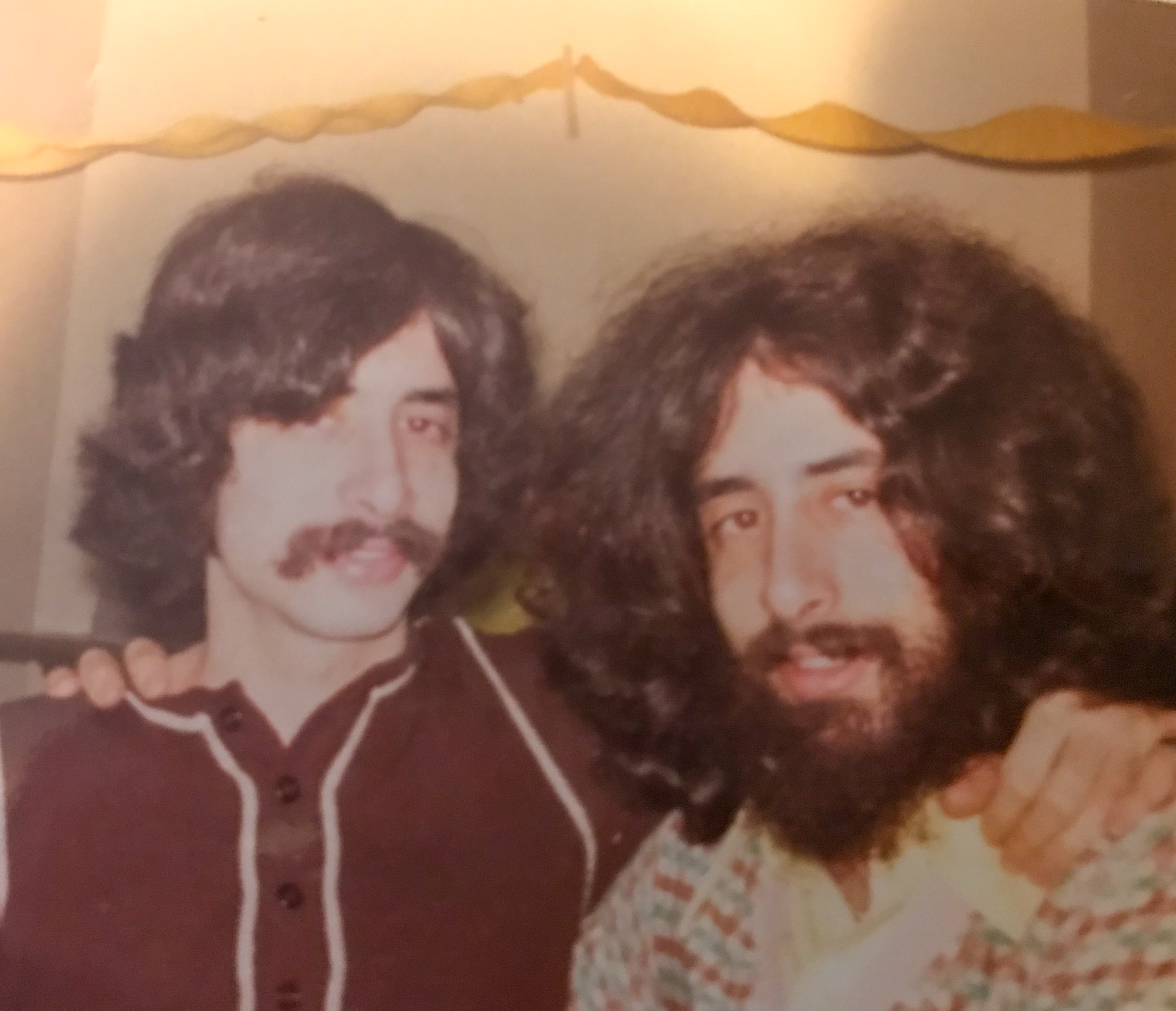 The Nyman brothers’ path to PCO was paved by what would become another famous PCO name – Dr. Norman Wallis, OD, PhD, DSc, FAAO, the third president of PCO and the first outside the school’s founding Fitch family to hold the job. Dr. Wallis was director of Special Studies of NECO, where he developed a number of programs, including a two-year accelerated OD program for experienced PhDs in relevant sciences. Dr. Wallis was the Nymans’ boss at NECO.
The Nyman brothers’ path to PCO was paved by what would become another famous PCO name – Dr. Norman Wallis, OD, PhD, DSc, FAAO, the third president of PCO and the first outside the school’s founding Fitch family to hold the job. Dr. Wallis was director of Special Studies of NECO, where he developed a number of programs, including a two-year accelerated OD program for experienced PhDs in relevant sciences. Dr. Wallis was the Nymans’ boss at NECO.
So when Dr. Wallis came to PCO, he brought along another NECO connection, Dr. Charles Mullen, who became the first executive director of The Eye Institute. It was Mullen who convinced Dr. Jeffrey Nyman to come to PCO in 1977. Dr. Neal Nyman would eventually follow in 1985. Both would become what were called primary-care suite chiefs.
“We can see that our involvement in the community as students is what really determined the rest of our careers,” said Neal. “We were recruited by the college (NECO) to run these clinics, even though we virtually had no experience. They thought it was a good idea and we were able to take a leap in our careers. And, that led to our work here at PCO.”
When Neal got to PCO in the mid-1980s, he became interested in doctor-patient relationships. There was no course then in that area, so he developed one, which he taught for the next 30 years.
“I emphasized not only the importance of empathy and communication, but of also demonstrating that you can teach people,” said Neal. “There is the old myth that you either have it or you don’t. Of course, to some degree that’s true. But certainly in healthcare communication there are methods to teach people how to communicate with empathy and how to be much more sensitive and effective in educating patients.”
“My brother is underselling the importance of that,” said Jeffrey. “Those were first-year students that he was teaching. And, first impressions mean a lot. Having someone with the experience my brother has and the natural empathy that is part of his personality, to be able to pioneer that type of course is a huge accomplishment.”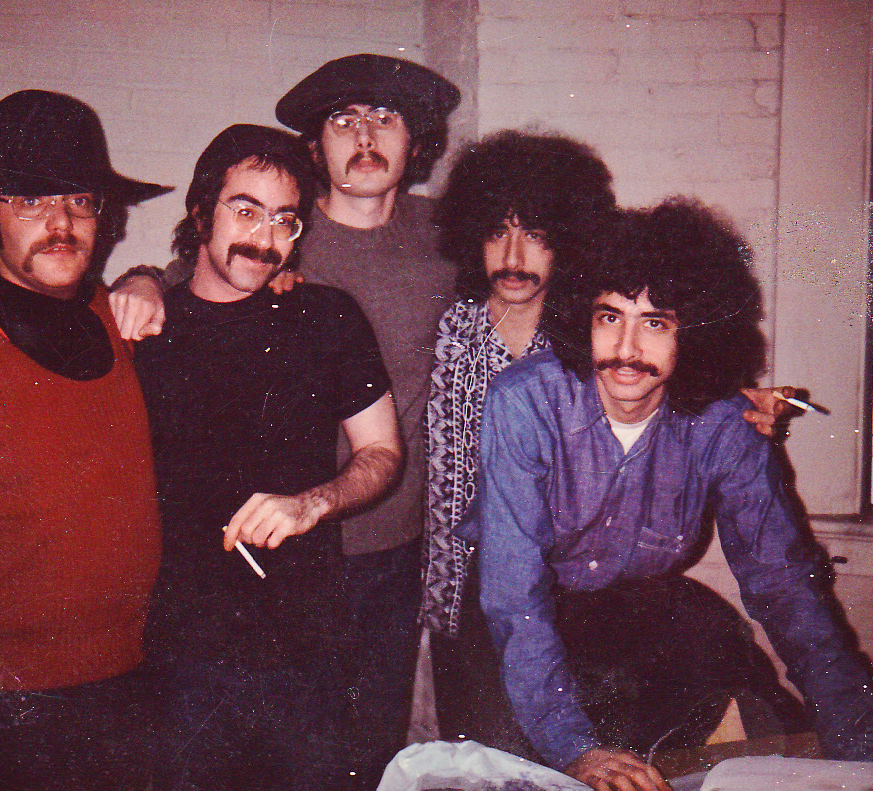 Although Neal is now retired – he spends his days playing a lot of golf and spending time with his grandchildren – Jeffrey has continued to teach, becoming one of the premiere disease diagnosticians at the University. He’s also one of the go-to experts on the use of advance instrumentation and disease management detection, according to his brother.
Although Neal is now retired – he spends his days playing a lot of golf and spending time with his grandchildren – Jeffrey has continued to teach, becoming one of the premiere disease diagnosticians at the University. He’s also one of the go-to experts on the use of advance instrumentation and disease management detection, according to his brother.
In the world of twins, there’s something called “individuation,” and by the time the Drs. Nyman got to PCO, they had already forged their own identities professionally.
“Our relationship is collegial,” said Jeffrey. “We were both doing the exact same thing, which was being chief of a primary care department. So our responsibilities included management of the entire department. We would see each other in the hallway, but we really didn’t do much collaboratively.”
“We’re very close, but we both had a certain amount of independence. I think we gained confidence in our own abilities separate from each other,” said Neal. “If you talk to students who know us both, they would be able to differentiate us very easily. Even though we look alike, we’re different in many ways. We’re comfortable having separate identities but working closely together. So we had the best of both worlds.”
